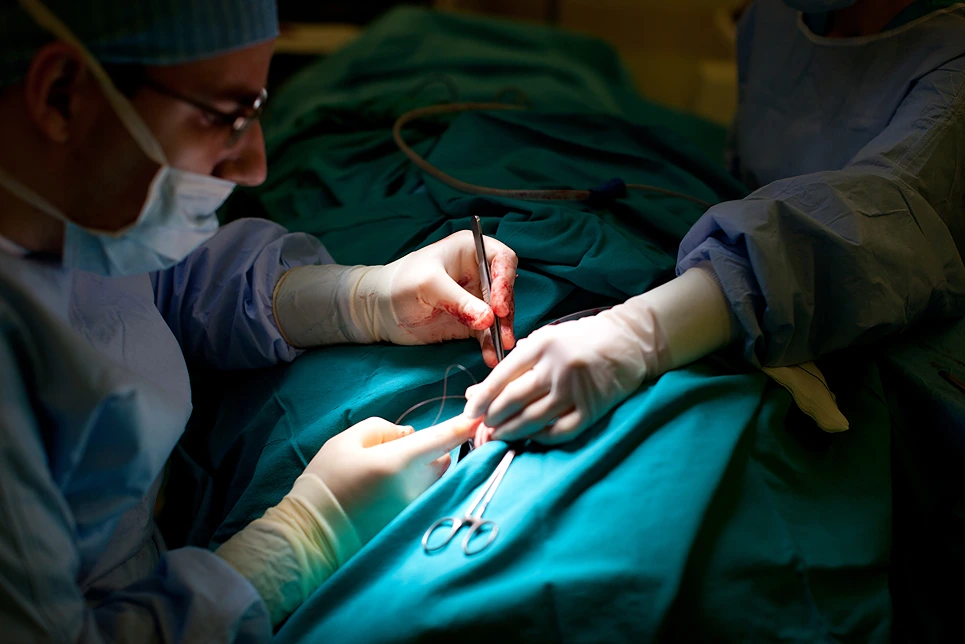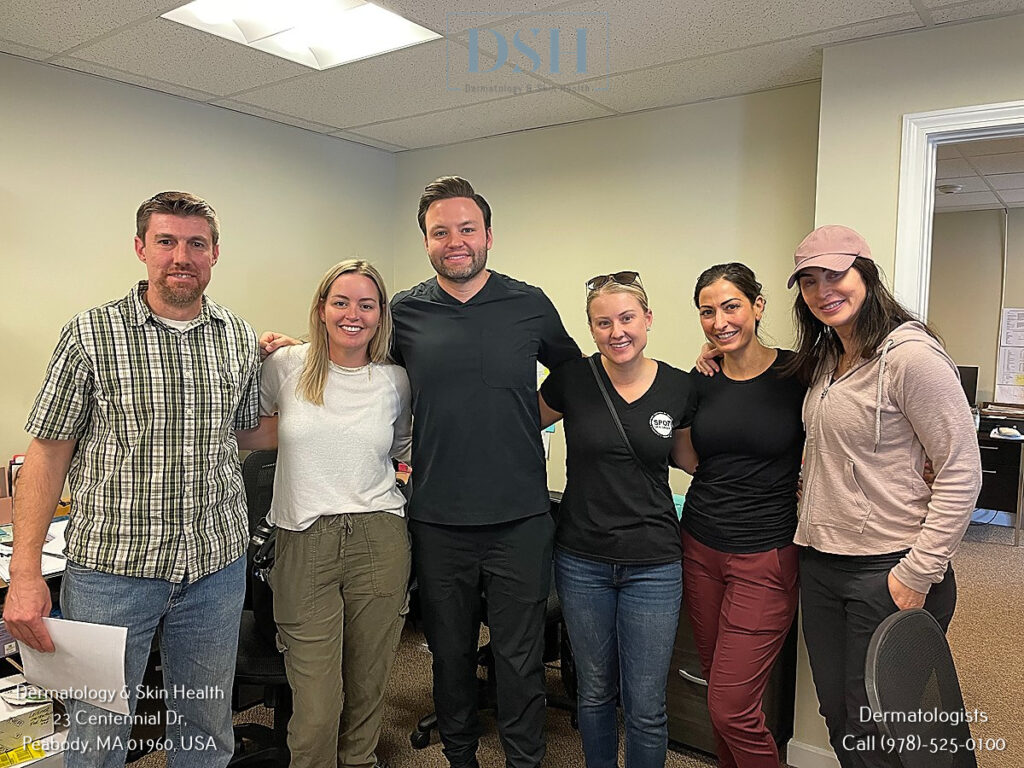


Skin cancer is the most common cancer in the United States, with over 5 million cases treated each year. When caught and treated early, most skin cancers have a high cure rate. However, if left untreated, they can be deadly. This makes choosing the right treatment approach critical.
Two of the most effective techniques for treating and removing skin cancers are CCPDMA and Mohs surgery. These advanced methods allow dermatologists to precisely target cancerous cells while preserving healthy tissue.
But what exactly are CCPDMA and Mohs? And how do you know which is the best option for you? In this comprehensive guide, we’ll explain everything you need to know about CCPDMA and Mohs surgery for skin cancer.
Continue reading to understand these transformative skin cancer treatments so you can make the most informed decision.
CCPDMA stands for Complete Circumferential Peripheral and Deep Margin Assessment. It refers to a surgical technique used to remove certain skin cancers like basal cell carcinoma where the entire surrounding and deep margins of the excised tissue are examined.
This helps ensure no remaining cancer cells are left and improves cure rates compared to standard excision.
During CCPDMA, the tumor is excised with a margin of normal tissue. The entire circumferential peripheral and deep margin is then immediately examined by a pathologist, usually using frozen section histology.
This allows evaluation of the margins while the patient is still under anesthesia. If further tissue needs to be excised based on the pathologist's assessment, it can be done in the same setting until clear margins are obtained.
Some key benefits of CCPDMA include:
Experience the Benefits of CCPDMA for Yourself – Contact Us to Learn More and Book Your Consultation

Mohs surgery is a type of CCPDMA technique used to remove certain skin cancers. It is most commonly used to treat basal cell carcinoma and squamous cell carcinoma.
In Mohs surgery, thin layers of cancerous skin are progressively removed and examined under a microscope during the procedure to check if all cancer cells have been eliminated from the margins. This allows the surgeon to confirm complete removal of the cancer while preserving as much healthy tissue as possible.
Unlike other techniques, Mohs surgery involves complete, circumferential examination of 100% of the surgical margins, including peripheral and deep edges. This methodical removal and microscopic analysis of tissue layers continues until no residual cancer cells are seen at the margins, ensuring complete excision of the skin cancer with maximal preservation of healthy tissue.
The CCPDMA nature of Mohs surgery allows precise removal of skin cancers while minimizing unnecessary excision of surrounding normal skin. Its layer-by-layer approach allows maximum preservation of healthy skin and involves stages such as:
| Stage | Description |
| 1 | The surgeon removes the visible tumor plus a small margin of normal skin around it. This is examined under a microscope. |
| 2 | If cancer cells are seen at the edges after stage 1, the surgeon removes another thin layer of tissue from the areas where cancer cells were still present. This is examined. |
| Additional stages | The surgeon continues removing very thin layers of tissue and examining them under a microscope, stage by stage, until there are no more cancer cells seen at the edges. |
| Final stage | Typically no more than 5 stages are needed to fully remove the skin cancer. But difficult tumors may require more stages to clear the margins. After the cancer is fully removed, the surgeon repairs the wound. |
Mohs surgery has a high cure rate for skin cancers as the removed tissue is thoroughly examined. It is often used for cancers in areas that would cause functional or cosmetic problems if removed in larger amounts of normal tissue.
Mohs surgery is a specialized surgical technique used to treat some forms of skin cancer. Some key benefits of Mohs surgery include:
Discover the Exceptional Benefits of Mohs Surgery – Contact Us to Schedule Your Consultation and Achieve Healthier, Scar-Free Skin
The Tubingen torte technique is another form of micrographic surgery sometimes used after Mohs surgery. It was developed in Germany and is named after the city of Tubingen.
In this technique, the tissue removed during surgery is cut into small sections, embedded in paraffin, and processed using special stains. Thin slices are then taken from the entire circumferential and deep surgical margin. These slices are horizontally sectioned and microscopically examined to verify complete removal of the tumor.
The Tubingen torte approach allows thorough analysis of tissue in difficult to visualize areas like the deeper dermis and subcutis. It helps ensure no remaining cancer cells are present.
Benefits of the Tubingen torte technique include:
Combined with Mohs surgery, it provides maximum assurance of complete cancer elimination
The Tubingen torte technique offers a meticulous approach to verify full removal of complex skin cancers. It can provide added confidence after Mohs surgery in high-risk cases.
Enhance Your Confidence in Skin Cancer Elimination with Mohs Surgery Combined with Tubingen Torte Technique

If you've been diagnosed with a skin cancer like basal cell carcinoma or squamous cell carcinoma, advanced removal techniques like CCPDMA, Mohs surgery, and the Tubingen Torte technique offer the highest cure rates while preserving healthy tissue.
To determine which is right for you, consult with a board-certified dermatologist such as Dr. Gary Mendese, who specializes in Mohs Surgery. He can evaluate your specific case and make a personalized recommendation.
At Dermatology and Skin Health, Dr. Mendese offers Mohs surgery. With multiple locations across New Hampshire and Massachusetts, schedule your consultation today to discuss these transformative skin cancer treatments.
Your skin health and beauty is our top priority. Together, we'll develop a customized treatment plan to effectively remove your skin cancer so you can get back to your healthy, radiant self.
The main difference between CCPDMA and Mohs surgery is that CCPDMA examines the entire circumferential margin while Mohs examines tissue layers progressively. However, Mohs is a type of CCPDMA technique.
Mohs surgery involves removing progressive thin layers of skin which are examined under a microscope. This continues in stages, typically no more than 5, until no cancer cells remain.
Mohs surgery is useful for cancers on the face because it removes cancerous skin layer by layer, ensuring full removal while maximizing preservation of healthy tissue, which is ideal for sensitive facial areas.
The Tubingen torte technique is a variant of micrographic surgery that allows for comprehensive analysis of surgical margins after Mohs surgery by taking horizontal slices of tissue and examining them microscopically.
It is advisable to see a board-certified dermatologist specializing in Mohs surgery for skin cancer treatment like Dr. Gary Mendese, as they have extensive training to evaluate skin cancer cases and offer the most effective treatments.
If your desired appointment type or preferred provider is unavailable online, kindly call (978) 525-0100 for Peabody, MA and (603) 742-5556 for all New Hampshire locations. Alternatively please feel free to send us your request via the patient portal, or via email at info@dermskinhealth.com
*For medical dermatology appointments in MA please dial (978) 525-0100 or fill out the appointment request form above.